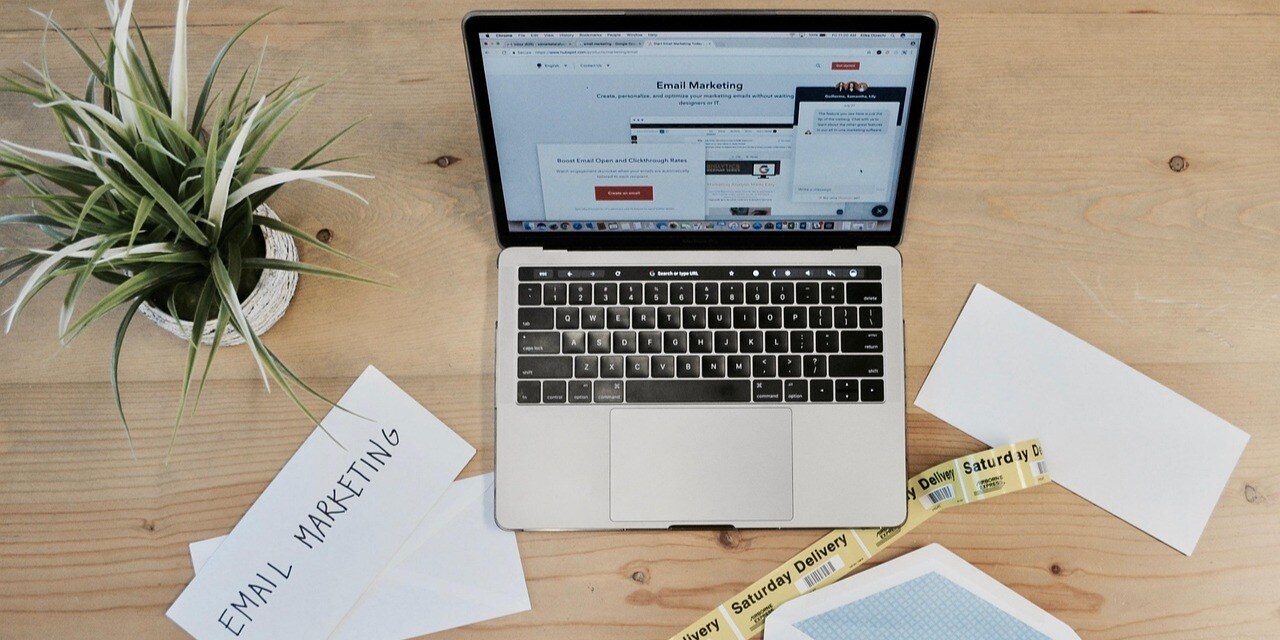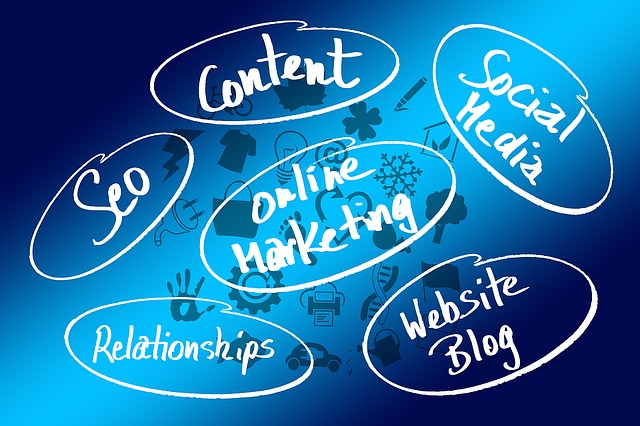SHARE
What Are Marketing Touchpoints—and How Many Do You Really Need to Make a Sale?
Marketing touchpoints are every interaction a potential customer has with your brand—online or offline—before, during, and after a purchase decision. They can include emails, blog posts, sales calls, ads, events, social media, or even a casual conversation at a conference. The number of touchpoints it takes to make a sale isn’t fixed; it depends on your industry, price point, urgency, and how “considered” the buying process is. For many organizations, it’s far more than they think, which is why tracking and planning touchpoints strategically is essential for building rapport and reliably closing deals.
🔍 Frequently Asked Questions (FAQ)
1. What is a marketing touchpoint?
A marketing touchpoint is any moment of contact between your brand and a potential customer—such as emails, website visits, social media interactions, sales calls, events, or content downloads.
2. How many touchpoints does it usually take to make a sale?
There's no single number, but for considered purchases it often takes dozens of touchpoints. Some sources say 5–20, while others suggest 28–62 or more, depending on your industry, offer, and sales cycle.
3. Why do we underestimate how many touchpoints it takes?
Hindsight bias makes us remember the final touch (like a phone call or email) as the main reason a deal closed and forget all the earlier interactions that built trust and familiarity.
4. What is a "considered buying process"?
A considered buying process is when customers need time, research, and multiple interactions before deciding—often due to higher prices, complexity, competition, or lower urgency.
5. How can I track touchpoints effectively?
Using a CRM like HubSpot lets you track website activity, email engagement, form submissions, and sales outreach in one place so you can see how many touchpoints lead to a sale and refine your strategy.
Some organizations only consider in-person interactions to be touchpoints, others count every single time they’ve had anything to with do the potential customer, whether it be text, email, attending the same party, carrier pigeon, message in a bottle, anything.
Sales people want to know how many customer touchpoints it takes to make a sale, because if you know that information you'll know if you have done enough to get a potential customer’s attention, or if they have become a lost cause and you shouldn’t devote any more resources toward pursuing them.
How to Build Customer Rapport One Connection at a Time
In the past, we’ve said that it takes 28-62 touchpoints to make a sale. We stand by this as a good general number, because we’re also big believers that 57% of the Buyer’s Journey is over before anyone ever speaks to a salesperson in your organization. We believe this because we also know that according to HubSpot data (2015), “57% of the Buyer's Journey is over before anyone ever speaks to a salesperson in your organization.” That means if your product has a considered buying process - your prospects are already doing research online about it. So wouldn’t you want to make sure that you have content there to help them through that first 57% of their Buyer’s Journey?
Touchpoints in Marketing Differ Between Industries
Now there are many other sources which say you need between 5 and 20 customer touchpoints to make a sale. Twenty interactions definitely suggests a considered buying process and thus the need for content marketing - but what about sales which close with five interactions?
The thing is, not only does everyone’s definition of a touchpoint differ, but the number of connections you need to make a sale varies widely depending on your business.
For example, it’s going to take fewer touchpoints to convince someone to buy a burger from a franchise than it would to convince them to buy the franchise itself.
The key to knowing how many customer engagements it takes to close a deal depends on whether or not you have a considered buying process. That is: can people quickly say “yes” to buying your product or service, or is it something that takes time? These factors come from many things you already know about, like:
- Price point (products under $500 are usually more easily made)
- Competition in your space (“I should do due diligence before I buy.”)
- Urgency (“I need you now because my garage door is broken and I can’t move my car!”)
- Frequency of opportunity (“I don't have to decide now, the offer will come around again.”)
But if you really want to know how much consumer engagement it takes to close a deal in your organization you need to start tracking it.
To get started, you need to first define what a touchpoint is for you and determine whether or not you have something to sell which takes a prospect time and research before they can make a decision.
Warning: Making a Sale Takes More Touchpoints Than You Think
Here are some rules that hold true no matter whose definition of touchpoints you’re going by.
In our research, we’ve consistently found that no matter how you count your interactions and no matter what industry you’re in, making a sale or gaining a new client takes more than you think.
Want a geeky reason why? We remember fewer touchpoints being required due to something called hindsight bias; it’s where the brain perceives past events as being easier than they actually were because we have the benefit of knowing how things turned out in the end. For example, hindsight bias makes us believe that our past successes with customers took fewer touchpoints than they actually did because, in the end, they became our customers. How hard could it have been?
Why You Need to Stay Persistent Nurturing Customer Rapport
Another reason we expect touchpoints to be low in number is that we are often fearful that we’re scaring off potential customers by bothering them too much. We assume if we had over-marketed to them, they would not have purchased. But this is generally an unfounded fear, because if a customer genuinely was annoyed by your marketing, they would unsubscribe, or tell you in no uncertain terms.
Instead, most people make an inquiry on your website and then disappear simply because they got swallowed up by other jobs and processes. When you get them on the phone, or let them know you’re not going to keep following up, they often express how glad they are that you did follow up. And then that old cycle repeats itself, as “the one phone call” or “the one email” appears to be the clincher - instead of all that content in between which kept them engaged and confident in your capacity.
So whatever your definition of a touchpoint is, remember that you’ll probably need more than you think you do...
What About the Ability to Track Touchpoints?
If you’re a HubSpot user, you’ll be able to follow each customer’s stops on their buyer’s journey. This will make doing your own research easier. If you’re not a HubSpot user, you can try it for free.
Having all the data collected in one place will give you the advantage of seeing how people react to your marketing content, track their interest, automate and schedule the delivery of relevant content to them at the right time (based on actions they took). Soon enough you won’t even need articles about touchpoints, because you’ll know exactly how many you’ll need to make a sale.
When Tangible Words sets up inbound marketing growth plans for its customers, the strategy always explains how to move a potential customer along the buyer’s journey - and to keep track of the journey using HubSpot’s tools. There is also a plan to help your sales team better use this infrastructure to work more efficiently and effectively. Having a team of experienced copywriters and Smarketers on your side can do a lot towards streamlining your lead follow-up and providing you with real-time data on how well your sales team is performing.
Do You Want to Attract More of the Right Audience? Create a Customer Touchpoint Strategy
References:
https://www.verywellmind.com/what-is-a-hindsight-bias-2795236
http://yasminekhater.com/how-many-touch-points-do-you-need-to-sell-out-your-service/
Topics
- Content Creation (297)
- Growth-Driven Design Websites (167)
- Inbound Marketing (145)
- Sales Growth (133)
- Tangible Words (111)
- Search Engine Optimization (85)
- Social Media Marketing (83)
- Hubspot (76)
- Blogging for Business (75)
- Economic Development (64)
- Events & Training (60)
- Company Growth Podcast (49)
- Manufacturing (47)
- Tourism (46)
- Email Marketing (42)
- Case Stories (40)
- Testimonials & Client Feedback (36)
- Education and SaaS (23)
- Google (21)
- Careers (19)
- Inbound Marketing Agency (19)
- Cool Companies (18)
- FAQ (16)
- Alysha Dominico (13)
- Associations (7)
- Food and Beverage (7)
TW Blog Sign-Up
Learn more about how to grow your business and improve your sales team process.







.png)

